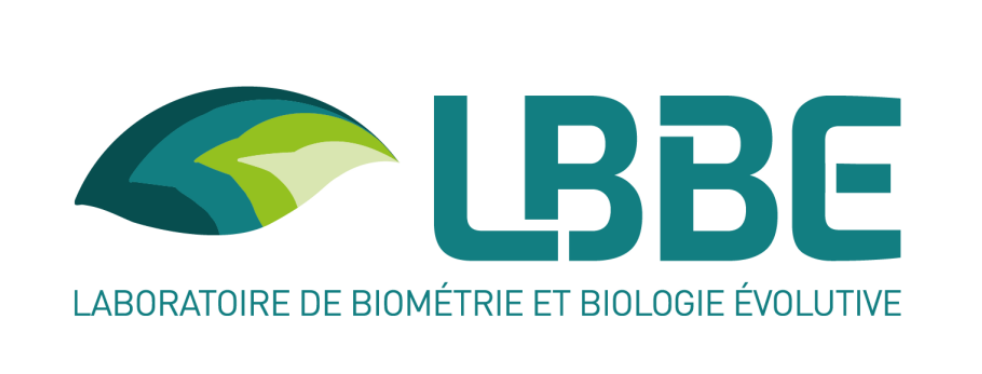
GUTS Shiny Application
This web page allows interactive simulations of the General Unified Threshold model of Survival (GUTS)
based on the scaled internal concentration either with a constant or a time-variable exposure concentration profile.
The two reduced (RED) versions are implemented: the stochastic death version (GUTS-RED-SD) and the individual tolerance version (GUTS-RED-IT).
See [1 , 2] for details.
All calculations can be run directly within the R software by using package
morse; a tutorial is available
here.
Contact: sandrine.charles@univ-lyon1.fr
Input your concentration profile
Please upload at least a two-column file in .txt or .csv format. The correct separator has to be chosen. Columns with headers must be the followings:
- The time points at which you measured concentrations (header = 'time')
- The measured concentrations within the organisms, must be in μg.g-1 (header = 'conc'). In case of constant exposure, the second column must be filled-in with the same value whatever the time point.
Model and parameters
Choose one or both models
Parameter values
Be careful, with distributed parameters, calculations may be long. Be patient!
Parameter values
Be careful, with distributed parameters, calculations may be long. Be patient!
Parameter values
Validation
Prediction of the number of survivors over time and comparison with observed data
Please provide a file with a column 'Nsurv' and a column 'time', corresponding to your observed data.
Click this button each time you update a setting above
Calculations can take a long time, be patient!
Calculations can take a long time, be patient!
EFSA validation criteria [ 3 ].
Percentage of PPC is:
Percentage of NRMSE is:
Percentage of SPPE is:
Percentage of NRMSE is:
Percentage of SPPE is:

Margin of Safety
The concept of 'margin-of-safety' corresponds to the concept of 'x% Lethal Profile' or LPx as emphasized by the recent Scientific Opinion from EFSA [ 3 ].
Click this button each time you update a setting above
Calculations can take a long time, be patient!
Calculations can take a long time, be patient!
Prediction of SOT
Prediction of the Survival rate Over Time (SOT)



